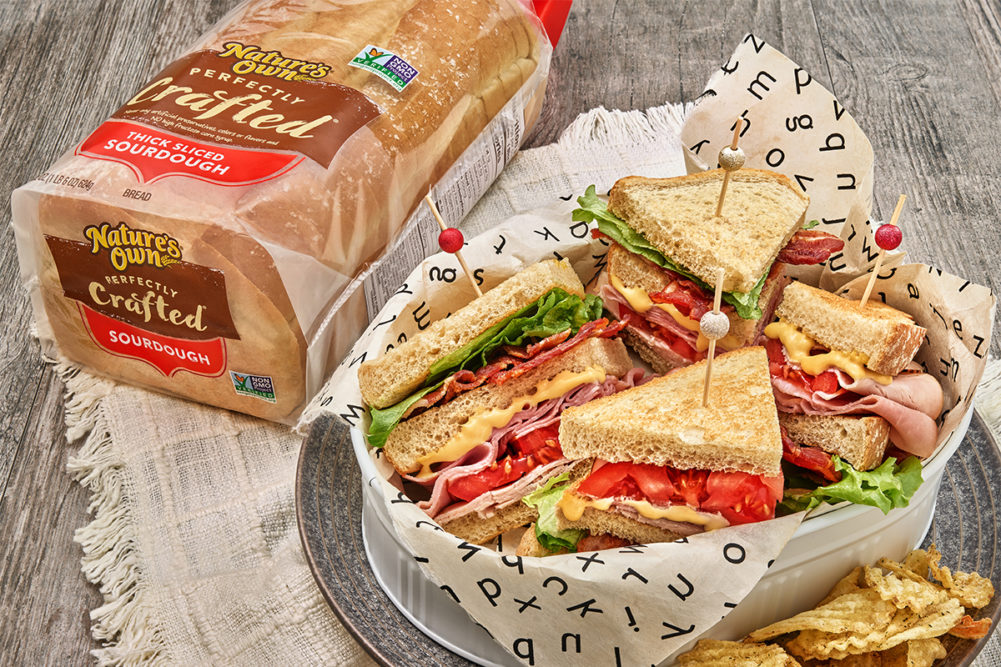Making a great bread is key to driving sales, but having a killer story helps, too. One example of that is Dave’s Killer Bread, the No. 1 organic brand in the United States with annual sales across all retail channels of $875 million at the end of 2021, according to Flowers Foods.
“I can’t tell you how many people say to me that it’s the best bread they’ve ever tried and now it’s all they buy,” A. Ryals McMullian, president and chief executive officer of Flowers, told Milling & Baking News. “The second is the unique brand story, which I think really resonates with consumers. Dave’s is fun, slightly edgy but also really stands for something. While it also has the halo of non-GMO and organic, which are definitely trends in the industry, I don’t think that’s a primary driver. It’s the quality and the brand story that really make it stand out.”
The bread was started by Dave Dahl who, after spending time in prison, was determined to turn his life around. He did and he crafted a bread that people across the country are now snapping up. The company is a Second Chance Employer, hiring the best people for positions regardless of criminal history, according to the company website.
Craig Ponsford is a 30-year veteran of artisan baking who has served as a baking instructor and is now the owner of the artisan bakery Ponsford’s Place Bakery & Innovation Center in San Rafael, Calif., also understands the importance of a strong brand story.
He makes a limited number of breads using Hourani wheat, an ancient grain that dates back 2,000 years and reportedly was stored by King Herod to protect it from Roman siege. Some of those wheat berries were recovered in the 1960s and are now being grown in limited quantities, according to honoremill.org. The flour is expensive, and the bread is, too, but it’s still a good seller at Ponsford’s Place.
“You can’t sell all of your bread for $20 a loaf, but to have something that really takes a little more time and has a story behind it, it really works,” he said. “I sold out of the Hourani wheat bread hours after I posted my email [to customers] two weeks in a row. And it’s my most expensive bread on the menu these last two weeks.
“That’s the kind of thing a lot of us are interested in. Where is the wheat from? Who grew it? What kind of soil? Kind of the hippie-dippie environmental thinking. Hopefully the whole world’s starting to do that.”
Baking breads that get people excited is good for business, said Peter Reinhart, artisan baker, author of James Beard award-winning cookbooks and an instructor at Johnson & Wales University.
“That’s the most important indicator. Do people get excited about it?” he asked. “We see a lot of excitement when breads come out introducing grains that maybe are not as commonly associated with bread like purple barley flour, heirloom cornmeal and corn grits, things like that. Locally, if you want to compete against the big guys, you have to have something that people get excited about.”




